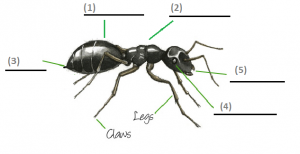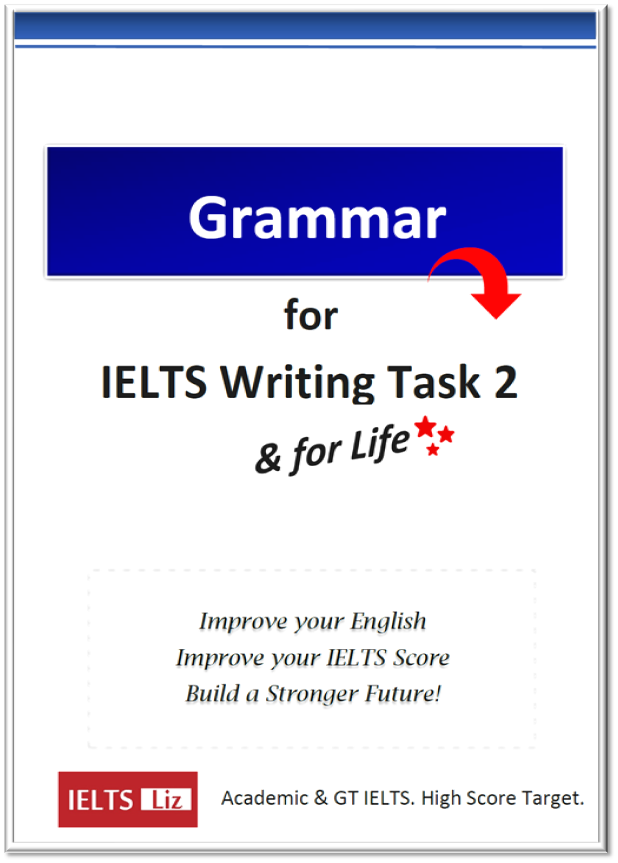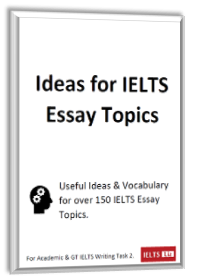Hi guys,
The IELTS FAQ page is THE MOST IMPORTANT page for you all to read before your test. It contains over 100 questions about IELTS with the answers. It provides lots of information and tips about the IELTS test. Make sure you read it !!
Click here to visit the page: IELTS FAQ
All the best
Liz





